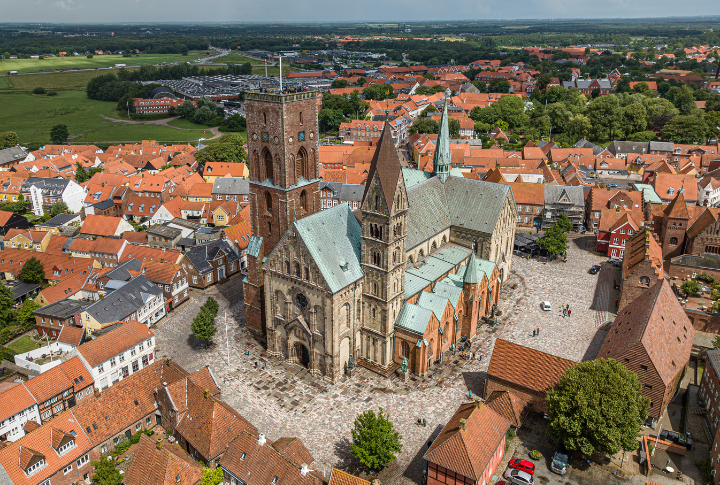
Viking history is etched into Scandinavian towns that still carry the spirit of the Norse era. Ancient trading hubs, burial mounds, weaponry, and ship museums, these ten towns bring Viking heritage to life. If you love history or epic tales, these places are worth adding to your travel list.
Ribe, Denmark
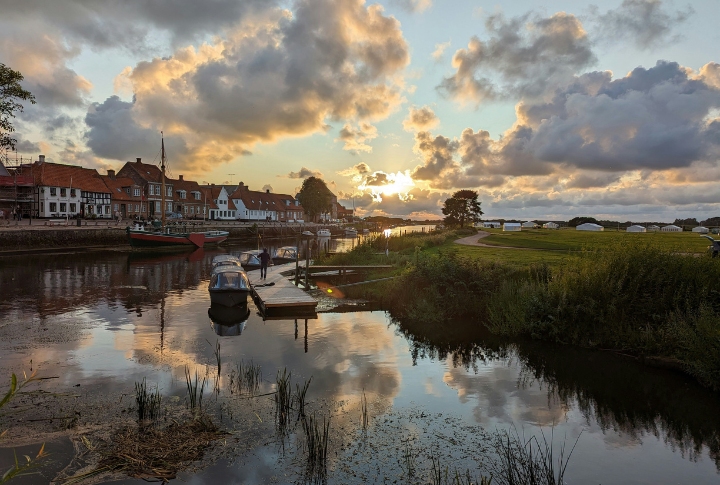
A town that predates the Viking Age? That’s Ribe, Denmark’s oldest town, founded around 700 AD. Walking its cobbled streets feels like stepping into a living museum, with half-timbered houses and a reconstructed Viking marketplace. The Ribe Viking Center is perfect for channeling your inner Norse warrior.
Jelling, Denmark

Carved over a thousand years ago, the Jelling Stones are Denmark’s version of a birth certificate. It marks the moment King Harald Bluetooth declared Denmark a Christian kingdom. The towering runestones sit near two massive burial mounds, making the site feel like a Viking monument park.
Roskilde, Denmark
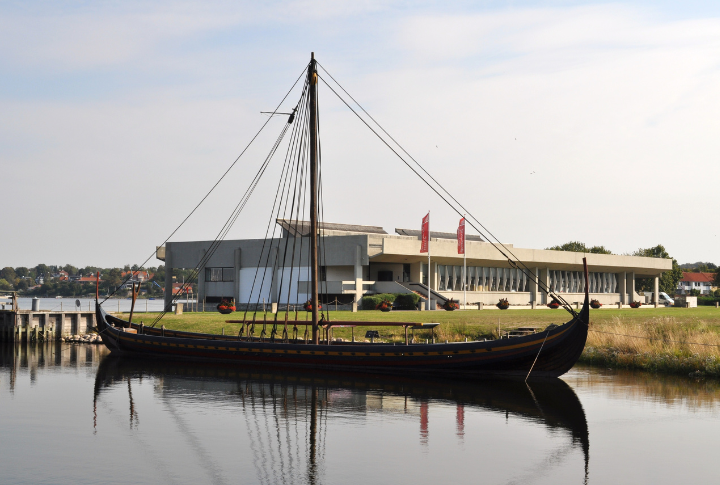
Ever wonder how Vikings conquered the seas? Roskilde holds the answer with five Viking ships pulled from the fjord, now proudly displayed in the Viking Ship Museum. Visitors can even sail on a reconstructed longship, feeling the wind and waves just like Norse sailors did centuries ago.
Birka, Sweden
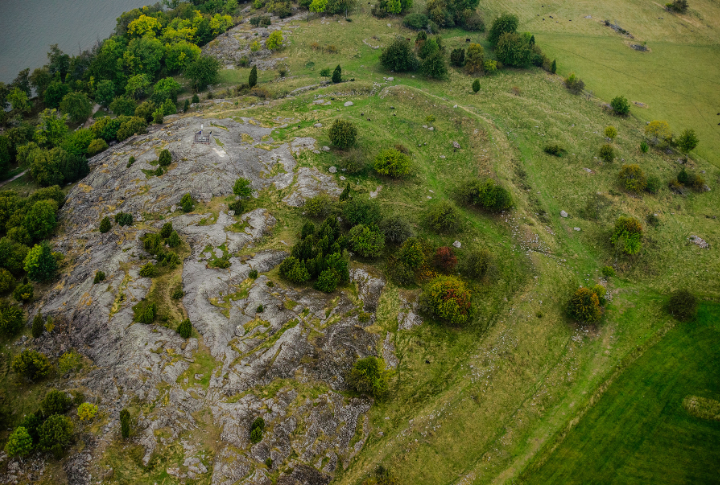
Sweden’s first real town wasn’t Stockholm but Birka, a Viking trading hub that flourished in the 8th century. This island settlement connected Scandinavia to the rest of Europe, welcoming traders with goods from as far as the Middle East. Today, its reconstructed village and burial mounds give a glimpse into everyday Viking life.
Uppsala, Sweden
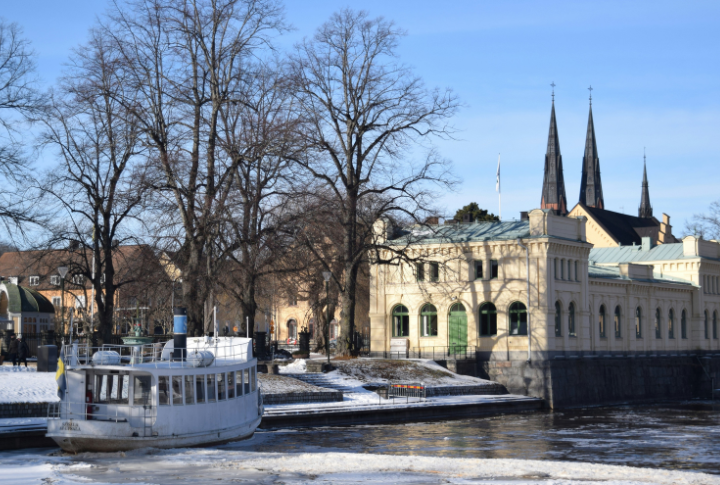
Long before Stockholm took center stage, Uppsala was the heart of Viking religious and political life. The towering burial mounds at Gamla Uppsala are said to hold the remains of legendary kings. Old Norse rituals, feasts, and sacrifices once took place here, making it Scandinavia’s answer to ancient Rome.
Kaupang, Norway
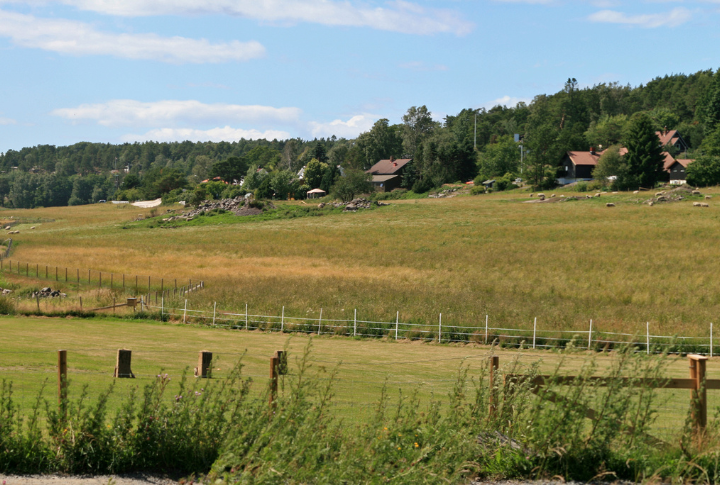
A thousand years ago, Kaupang buzzed with traders selling furs and silver. This small, lively Viking market town was Norway’s first known urban center. Archaeologists have unearthed everything from Arabic coins to weapons, proving that Viking traders were just as ambitious as their raiding counterparts.
Tonsberg, Norway

Founded in the 9th century, Tonsberg is Norway’s oldest city, which doesn’t let you forget. The Slottsfjell Museum houses Viking artifacts, while a replica of the famous Oseberg ship reminds visitors that this town played a massive role in seafaring history.
Oslo, Norway
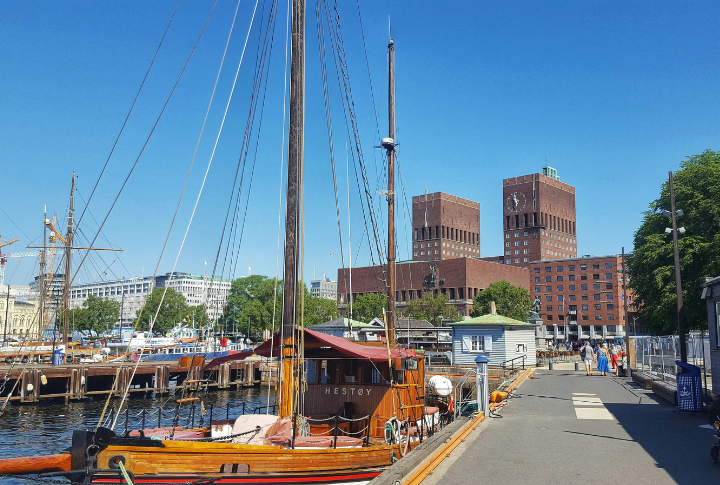
Oslo is home to many of the best-preserved Viking ships in the world. The Viking Ship Museum showcases the Oseberg and Gokstad ships, which once carried warriors and royalty. These massive wooden vessels are so well-preserved that you can still see the intricate carvings, proof that Vikings knew how to blend power with style.
Sandefjord, Norway

In 1880, a farmer in Sandefjord stumbled upon one of the most complete Viking ships ever found—the Gokstad Ship. Today, the town celebrates its Viking roots with museums and Viking-themed festivals. The ship revealed how skilled Norse shipbuilders were; they were practically unsinkable.
Avaldsnes, Norway
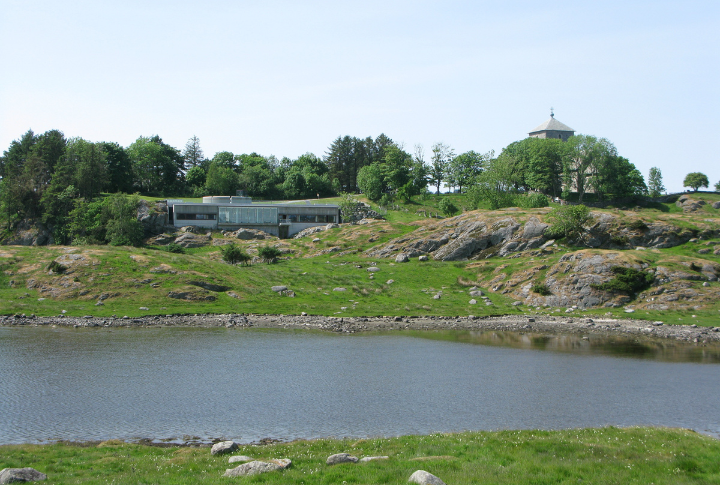
For good reason, King Harald Fairhair chose Avaldsnes as his royal seat. This coastal stronghold controlled important trade routes, and that made it a perfect power base. Visitors can explore a Viking farm, where reenactors bring history to life. It’s like time travel without the awkward language barrier.

